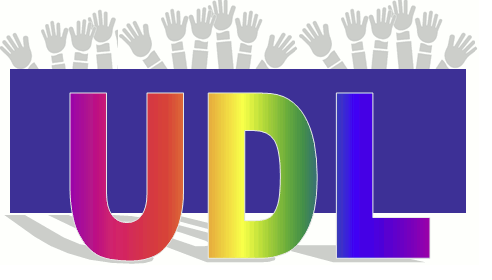To meet Universal Design principles, educational processes should:
1. Be accessible and fair.
2. Provide flexibility in use, participation, and presentation.
3. Be straightforward and consistent.
4. Be explicitly presented and readily perceived.
5. Provide a supportive learning environment.
6. Minimize unnecessary physical effort or requirements.
7. Ensure a learning space that accommodates both students and instructional methods.
The beneficiaries of Universal Design in education include:
• Students with special needs, including those with disabilities.
• Students with English as a second language.
• The general population of students, all of whom will benefit from the application of Universal Design principles.
A great slide show by Eleonora Guglielman
